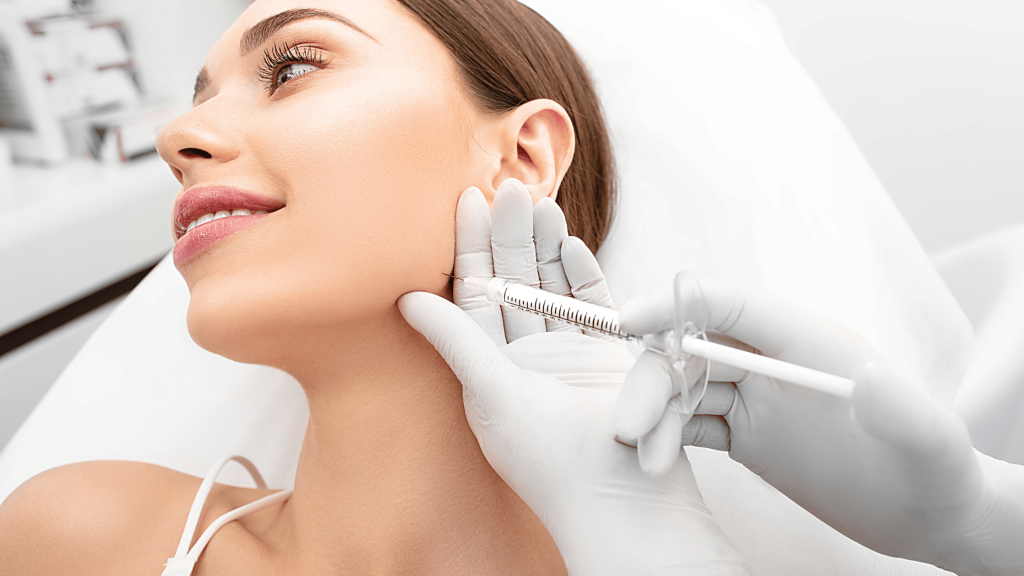
Dermal fillers are one of the most popular non-surgical treatments you can have. More and more people are having fillers to help them feel more confident and look for that perfect image.
As the dermal filler industry grows, so do the safety aspects. Here we will discuss how dermal fillers and explore the potential risks of having dermal fillers.
Understanding Dermal Fillers
Dermal fillers are injectable substances designed to volumise the skin, smooth out wrinkles, and counteract the loss of volume due to ageing. They can also be employed to shape facial contours and enhance features like lips and cheekbones.
Dermal fillers are made from Hyaluronic acid, also known as HA. HA is the most popular ingredient in dermal fillers – Hyaluronic acid is also found in the human body as this substance helps keeps the skin hydrated and supple.
Are Dermal Fillers Safe?
When performed by a skilled and experienced practitioner, dermal fillers are generally considered a safe and efficient cosmetic treatment.
However, there can be some minor side effects such as swelling, redness, or bruising at the point where the filler was injected. But these minor side-effects disappear within a few days. But like all medical procedures, there can be more severe reactions, some of them are listed below.
Infection: Infections can occur if the injection site isn’t adequately sterilised before treatment or if the filler becomes contaminated.
Allergic reactions: Some people may experience allergic reactions to the dermal filler – these reactions can be redness, itching and swelling.
Lumps and granulomas: Occasionally, the body may react to the filler by forming lumps or granulomas, which might necessitate further treatment.
Vascular complications: If the filler is inadvertently injected into a blood vessel, it can cause blockages, leading to tissue damage or, in very rare instances, blindness.

Mitigating the Risks
To minimise the risks associated with dermal fillers, it’s crucial to select a reputable, qualified, and experienced practitioner. Below are some points to make you make the right decision.
Do your research: Look for a practitioner registered with a recognised professional body, such as the British Association of Aesthetic Plastic Surgeons (BAAPS) or the British Association of Cosmetic Nurses (BACN). Look for their qualifications, experience, and reviews from previous clients.
Book a consultation: When booking a consultation, it’s always best to have a face-to-face consultation with the practitioner, the practitioner will go through all your concerns and talk you through with product is best for your treatment and image. The practitioner will also discuss the potential risks and any complications that could happen.
Request to see their work: Ask for before and after photos of past clients who have undergone similar treatments. This will give you a better idea of the practitioner’s skill and aesthetic approach.
Trust your gut: If you feel uneasy or pressured at any point during the consultation, don’t hesitate to walk away and seek advice elsewhere.
Dermal fillers can be a safe and effective method for enhancing your appearance when carried out by a qualified and experienced practitioner.
It’s always important to do your research and ask the practitioner questions before booking a treatment. Finding the right practitioner will allow you to feel confident to book in and feel like you can return to them again.